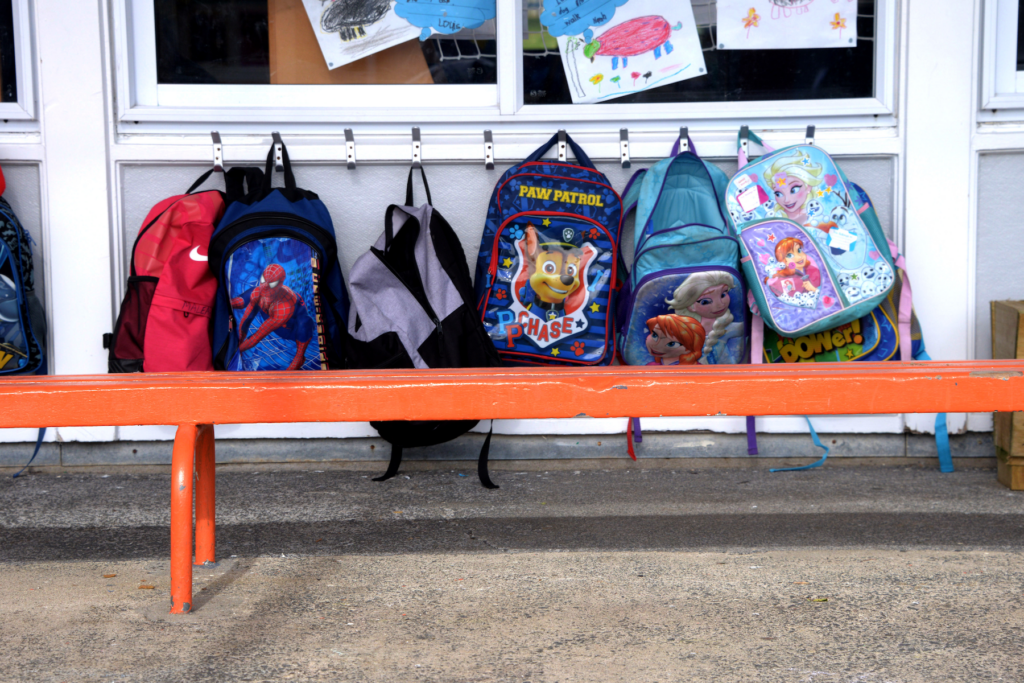A Kāhui Ako (Community of Learning) is a group of education providers, all coming together under the common goal of helping students be their best.
It is an excellent way to share ideas and learn from one another, but it can pose logistical challenges – especially in a rural setting. With schools of all different backgrounds coming together, there can be a real mix – and conflict – of deciles, social backgrounds, cultures and school sizes.
In our bespoke Kāhui Ako work, we helped one Lead Principal who supported a rural community of 15 schools – and learned a lot about ourselves along the way.
The setting: Two distinct circles
The Kāhui Ako had two distinct groups within it:
- The inner circle, schools that were actively engaged with the work of the Kāhui Ako. These individuals were in full support of the Lead Principal, and believed collaboration would deliver results for all.
- The outer circle, schools that were skeptical about the benefits to students, teachers or community. They participated in the Kāhui Ako in name only, taking advantage of the release budget and management units afforded to Within- and Across- School Teachers (WST and AST respectively).
The Lead Principal therefore had an integration project in mind – bringing both circles to the same space emotionally, and garnering buy-in from everyone involved. With re-election looming, the plan needed to be concise and effective.
The project: A change management intervention
The key to success for this Kāhui Ako was co-construction. With Springboard Trust’s help, a period of change management support ensured the group of principals all met together, presented in strategic planning workshops and developed a plan that resonated with the entire community.
That is not to say it was easy. Higher decile schools in the group did not see any benefits in collaborating on curriculum or teacher development, as their students already excelled academically. So, the Kāhui Ako’s goals focused on coherent learner pathways instead, developing three core goals:
- School to school transitions
- Student and staff wellbeing
- Partnerships with friends and whanau
The Kāhui Ako spent time crafting an evocative story about the backdrop of their plan, taking into account social profile, historical narrative and the collective expectation of working together.
Following this was an operational discussion, in which all principals agreed the Lead should have accountability for the new strategic plan. They also agreed that some WST roles would be reworked to function alongside ASTs to support the plan, rather than focus on in-school inquiry.
The outcome: Collaborative commitment
One school did leave the Kāhui Ako through this process, but for geographic reasons more than anything else. Apart from this, all schools are now firmly committed to the cause.
The Lead Principal was unanimously re-elected by remaining principals, and the group’s collaborative leadership has gone from strength to strength.
With clarity of purpose and a commitment to change from all those involved, this Kāhui Ako is prepared to foster potential in each and every one of its schools.









